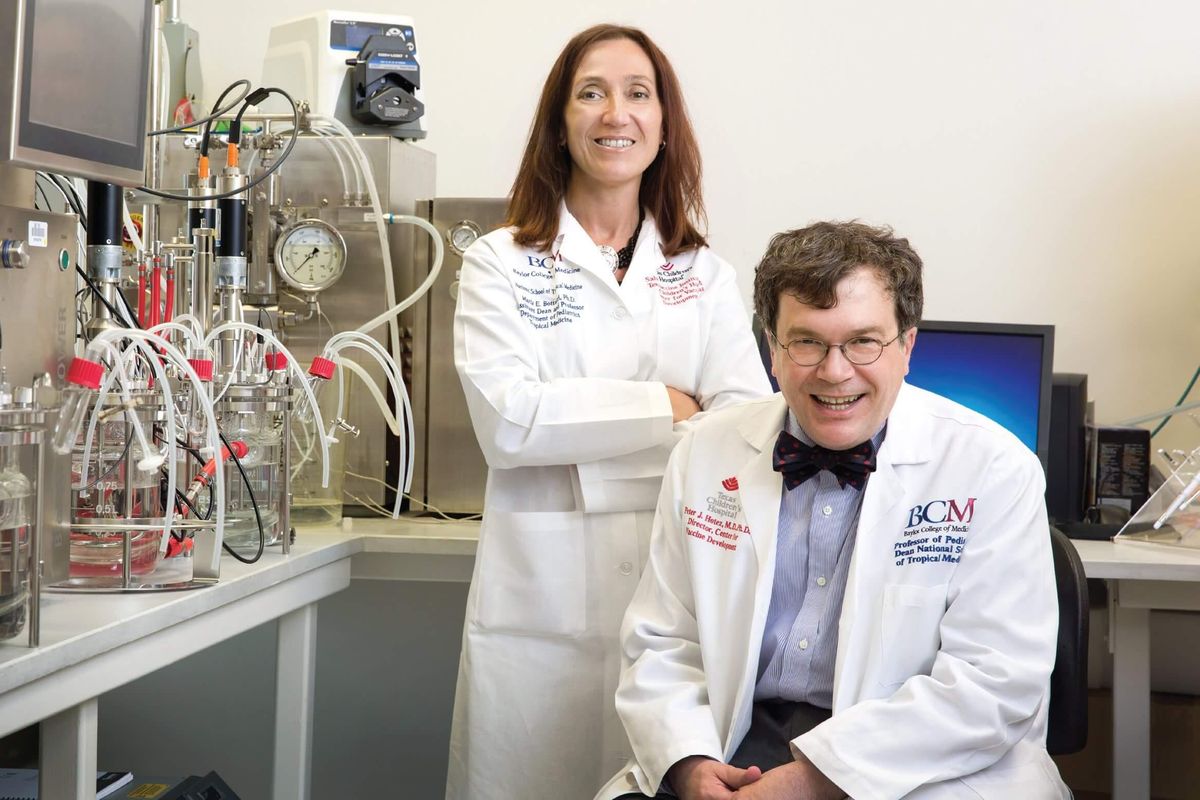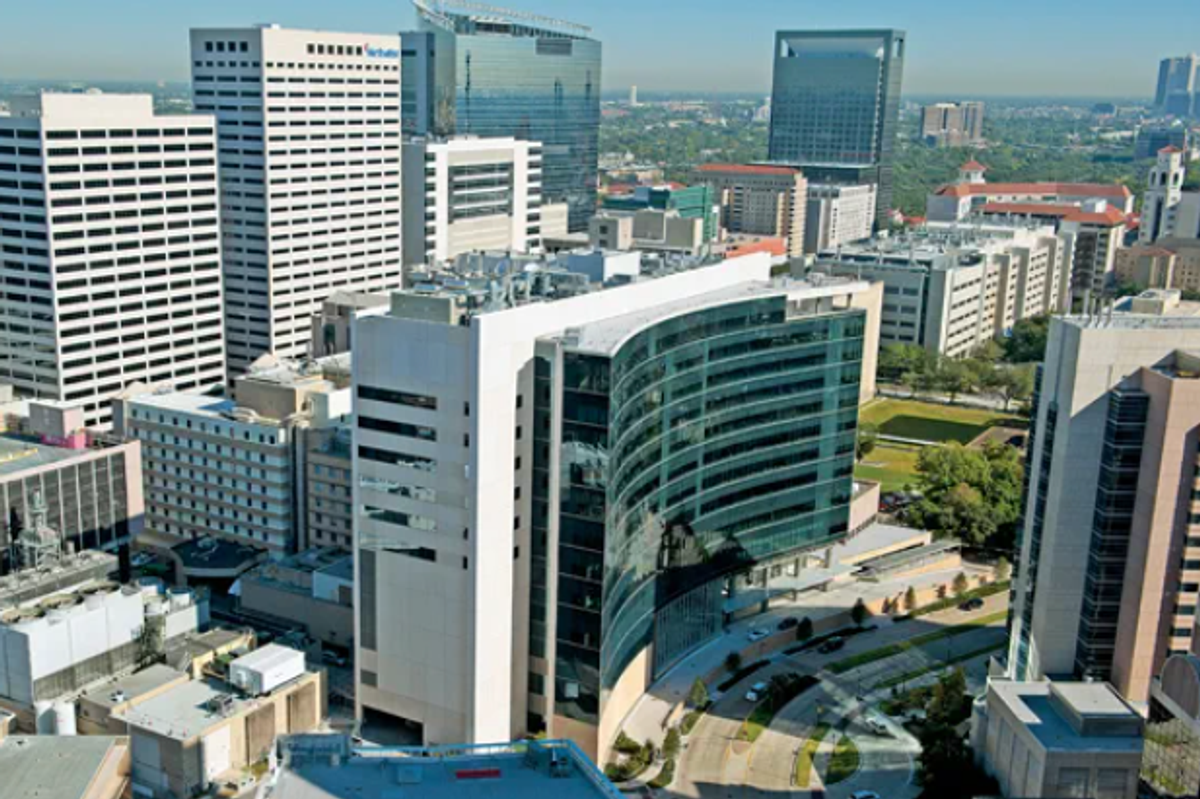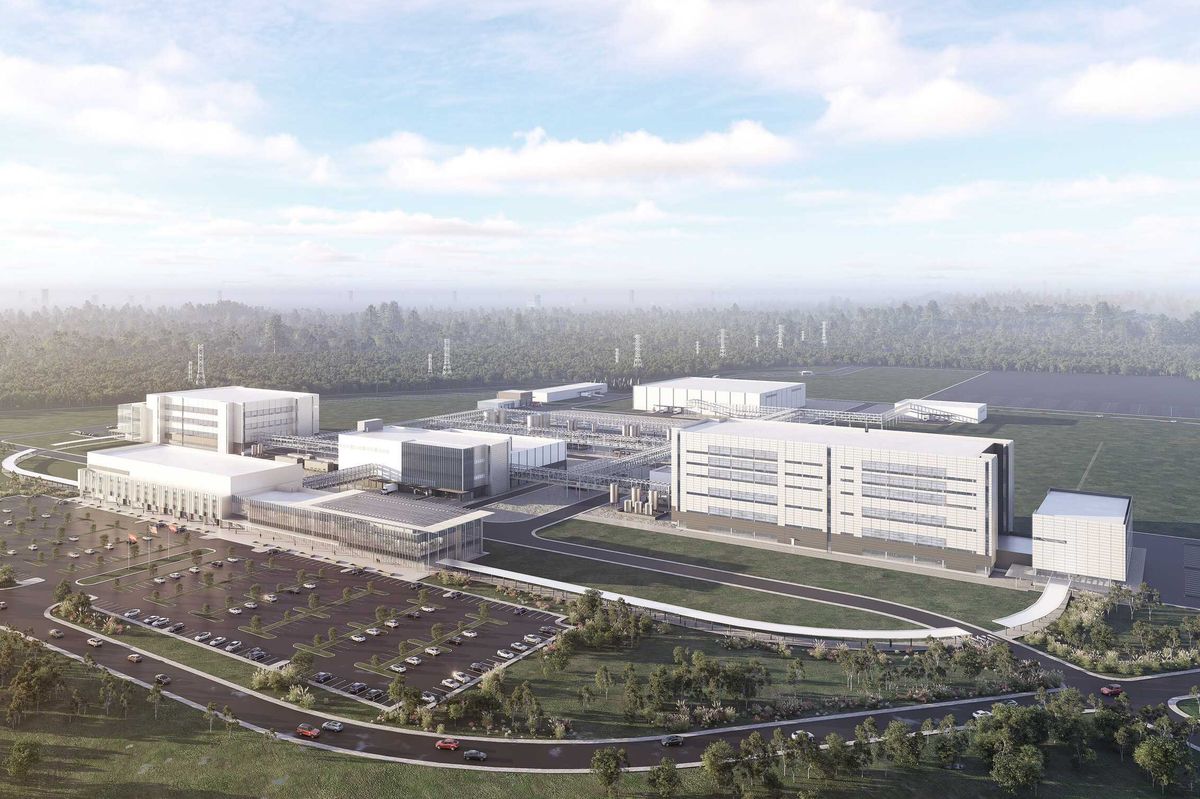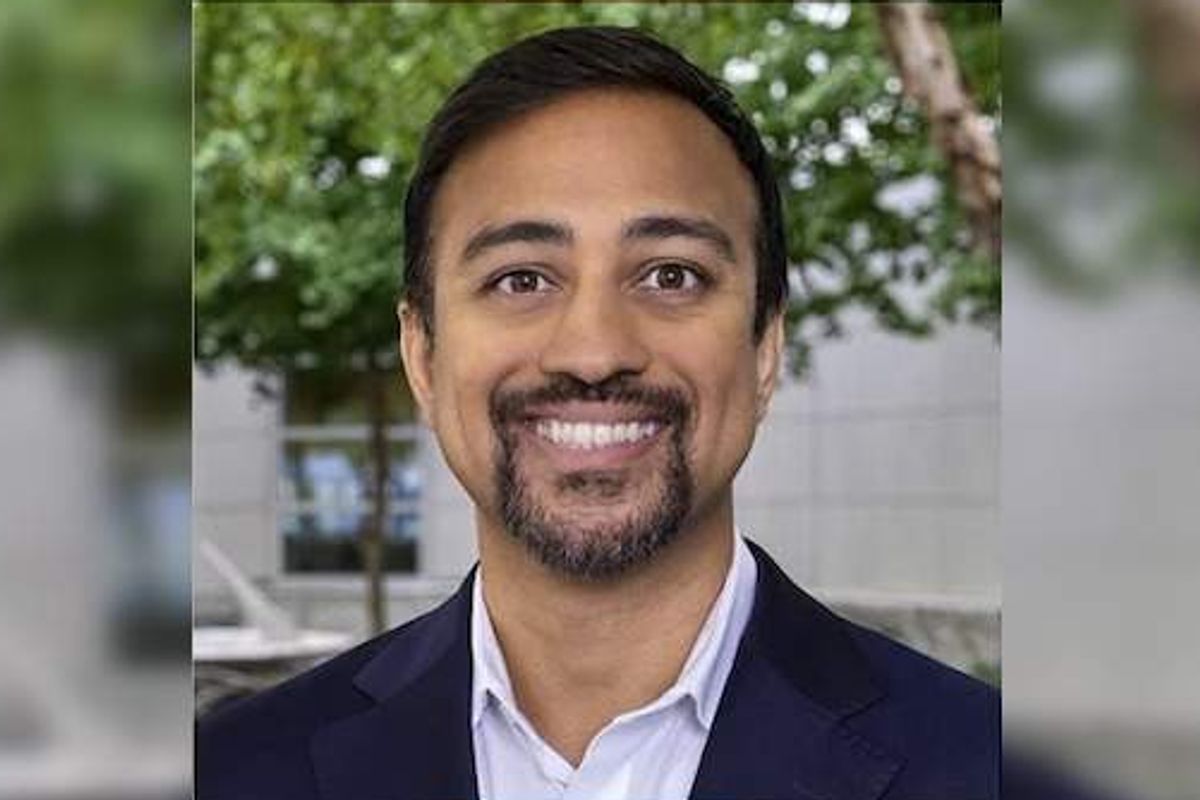Houston hospital performs first fully robotic heart transplant in the U.S.
robotic surgery
A team at Baylor St. Luke’s Medical Center, led by Dr. Kenneth Liao, successfully performed the first fully robotic heart transplant in the United States earlier this year, the Houston hospital recently shared.
Liao, a professor and chief of cardiothoracic transplantation and circulatory support at Baylor College of Medicine and chief of cardiothoracic transplantation and mechanical circulatory support at Baylor St. Luke’s Medical Center, used a surgical robot to implant a new heart in a 45-year-old male patient through preperitoneal space in the abdomen by making small incisions.
The robotic technology allowed the medical team to avoid opening the chest and breaking the breast bone, which reduces the risk of infection, blood transfusions and excessive bleeding. It also leads to an easier recovery, according to Liao.
"Opening the chest and spreading the breastbone can affect wound healing and delay rehabilitation and prolong the patient's recovery, especially in heart transplant patients who take immunosuppressants," Liao said in a news release. "With the robotic approach, we preserve the integrity of the chest wall, which reduces the risk of infection and helps with early mobility, respiratory function and overall recovery."
The patient received the heart transplant in March, after spending about four months in the hospital due to advanced heart failure. According to Baylor, he was discharged home after recovering from the surgery in the hospital for a month without complications.
"This transplant shows what is possible when innovation and surgical experience come together to improve patient care," Liao added in the release. "Our goal is to offer patients the safest, most effective and least invasive procedures, and robotic technology allows us to do that in extraordinary ways."

 The Baylor campus is next to Texas Medical Center’s Helix Park, a 37-acre project. Rendering courtesy of BCM
The Baylor campus is next to Texas Medical Center’s Helix Park, a 37-acre project. Rendering courtesy of BCM The Cullen Foundation donated $30 million to the project. Rendering courtesy of BCM
The Cullen Foundation donated $30 million to the project. Rendering courtesy of BCM


















